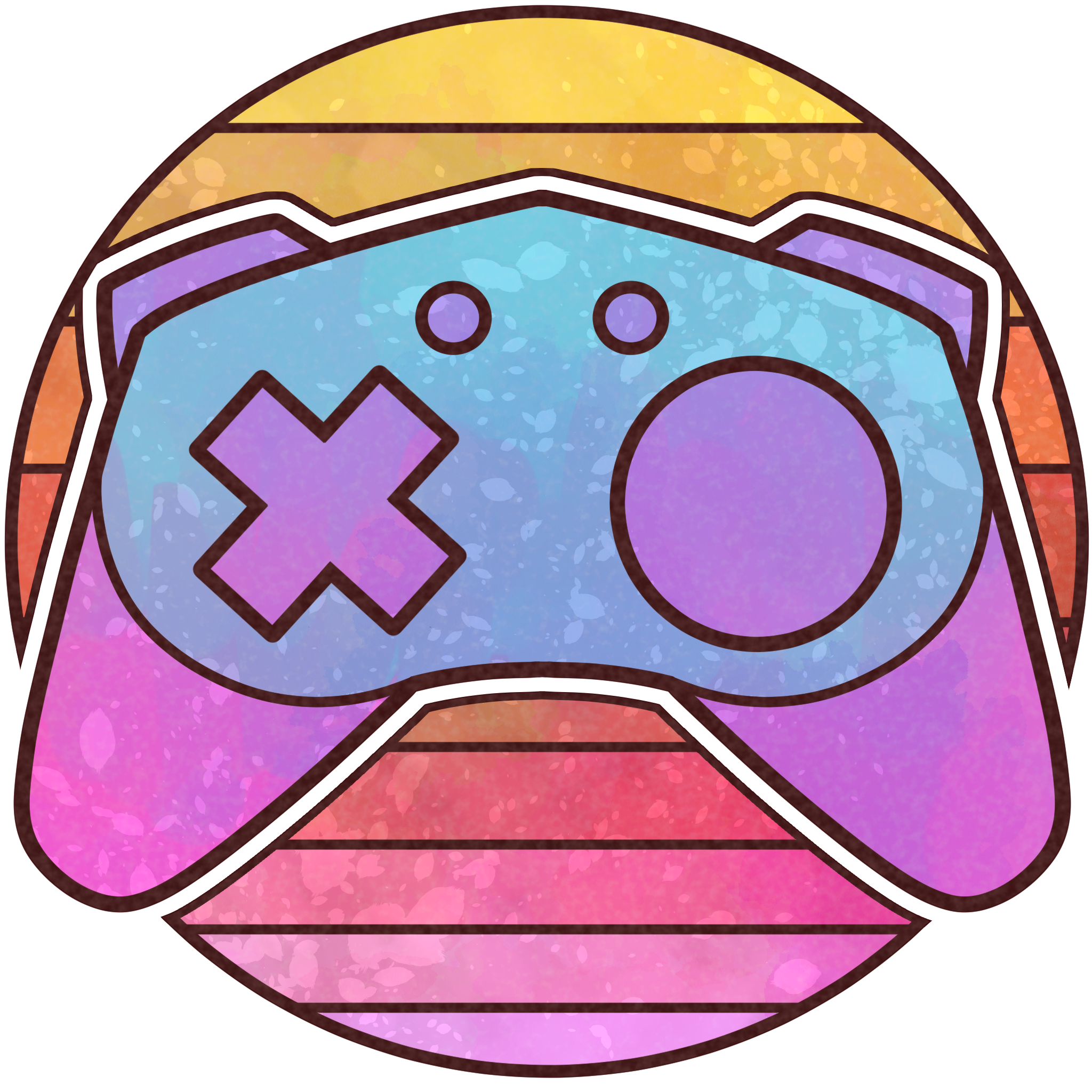HakJak Studios: Pigeon Simulator
17-Member Team - November 2022 to December 2023
I joined a multidiscipline team of talented creatives on an already-in-development project that was to be published by tinyBuild and was to release on PC and XBox Game Pass.
My responsibilities on the project varied widely. I owned the level design, UI/UX design and many technical design and art asset implementation support systems. I wore many hats to support my team, and I formed lasting friendships with my peers after this project was retired.
* * * * *
The Project
Of all the things that keep level designers up at night, it's the prospect of designing a space for a player who can fly anywhere, destroy anything, and enter any building a city is built from. To say the least, this was a big challenge. We had large spaces just waiting to be filled with content, and my job was to figure out what that content was.
Approaching the problem of "finding fun", I prioritized landmarks that stick out to the player -- statues, grand fountains, constructions sites -- all of these things stand out to players as they fly around this massive city. Using these landmarks, I developed a "Venue" system, with bespoke sandbox puzzles with or around these standout landmarks that give explicit rewards to players for finding solutions to unique problems. The "goal" of a Venue is to get a prize out of it, and a goal of the city is to get the prizes out of each Venue.
The problem space is presented to the player, and they can leave and come back with any tools from the sandbox they find. The solution to the Venue's problem is open-ended, promoting creativity and engagement with the sandbox at Pigeon Simulator's core. We provide the nail, the player needs to find the hammer.

Designing Spaces for Nonlinear Fun

A segment of UI style guide I made used to assist art direction on UI and HUD development in Pigeon Simulator.
The player in Pigeon Simulator has a ton of abilities available to them. Apart from flying around, pooping on stuff and eating food (and batteries, and guns, and-), pigeons in this world can also breathe fire, use telekinesis, become hulking Buff Pigeons, cause blizzards, destroy just about any prop or building, kill just about anyone, and detonate nuclear warheads. Needless to say, this posed some design challenges for gameplay spaces.
With such an open sandbox, the focus of my level design was to confront the biggest problem: How will players know where the fun is? If everything is a nail and the player is a flying ball of hammers, how do you make this interesting? I chose to embrace the chaos.
Levels in Pigeon Simulator used points of "gravity" to guide players around. Smaller, less "unique" areas had low gravity, and larger areas with unique structures had high gravity. From the player's perspective, high-gravity points of interest could be seen from just about anywhere, and heading to one means players will naturally find lower-gravity, smaller interactions that invite quick interaction along the way. Instead of forcing the player down set paths, the player is free to make their own path with the level naturally suggesting interactions of varied sizes, levels of interest and rewards.

Small Pigeon, Big Interactions
The HakJak Studios team was a small and incredibly passionate group of creatives. I was hired on to perform design tasks, but I made sure that my spare time was used to benefit my peers. I developed tools, such as the custom skybox shader I wrote (shown here), custom render pipeline improvements, UI style sheets (shown below) and other development assistance mechanisms to benefit the velocity of the project and effectiveness of the team.
I always try to make iteration and project exploration as easy and low-friction as possible, and helping my team accomplish their goals effectively is a valuable skill that I've come to appreciate building.
_gif.gif)
Supporting a Talented Team
Pigeon Simulator was a strong learning experience for everyone involved on the project. With an ever-changing set of deliverables, project visions and milestone goals, I did my best to utilize my project management experience to help steady the ship during troubled waters.
I was a champion for user-directed decision-making. Who are we making this game for? What do they need out of their games? What have we already done to satisfy those needs, and what can we do to expand those things? I worked closely with the production manager, art and development leads, and other relevant stakeholders to maintain a consistent project vision and a strong plan that's within scope and within our personal development goals.
I also owned major chunks of the game's design during these pivots. I guided conversations about the design's direction and was consulted on how specific segments of the design fit into the holistic vision. My priority was velocity and adaptability during these pivots. Maintaining consistent design documentation, hosting large and small discussion sessions, and owning responsibility of prototype iteration kept the team in high morale and in strong vision during these turbulent periods of development.

